Turron and Marzipan are two products made from almonds and sugars whose origin dates back centuries. It is presumed that already in Greek times a paste was prepared consisting of nuts (mainly almonds) and honeys, which was used by Greek athletes as an energy product to participate in the Olympics.
More recently, historical data have been found that turrón already existed in the town of Sexona (present-day Jijona) in the sixteenth century. The Arabs were the ones who introduced this sweet, and this is recognised by the Regulatory Council of the Protected Geographical Indications of Jijona and Alicante turrón.
In spite of everything, there are different versions about the origin of the turrón. Some sources say that the nougat arose after a contest proposed by the Arabs in which it was a question of finding a nutritious food that would be preserved in good condition during a long stay and would be easily transported by their armies without danger of intoxication.
Other sources, however, claim that the nougat arose thanks to the production of a craftsman from Barcelona, named Turró, who made a food with abundant raw materials from the region that would be an indispensable resource in times of shortage and famine. The defenders of this version derive in that the name of turrón is born from the surname of this craftsman. This version, despite its apparent simplicity, is the least supported.
The charismatic Jijonenco, Fernando Galiana, who dedicated many years of his life to these studies, establishes that the word turrón comes from torrat, which was a mixture of honey and nuts that was cooked directly on the fire to give a consistent mass and easy to handle. There are more versions, but these are the most widespread.
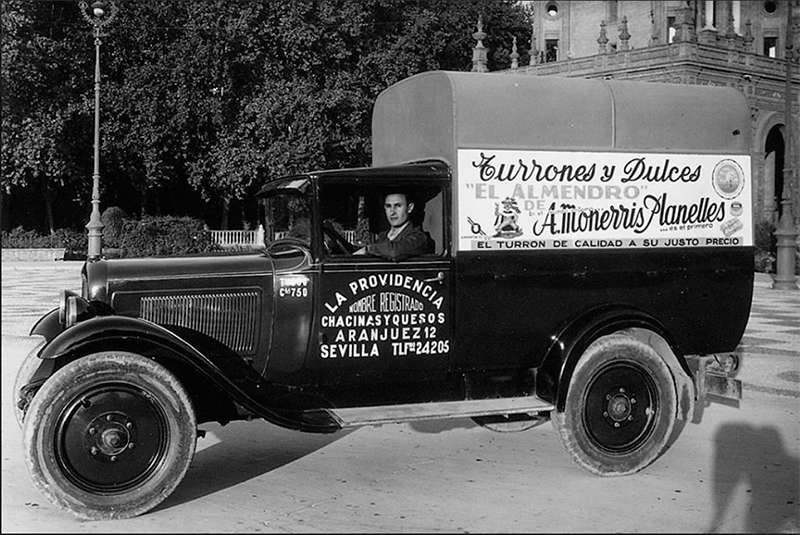
The Legend of the Nougat and the Princess
In Jijona, there is even a legend that tells us, by way of a story, how turrón originated:
"At that time, the King married a Scandinavian princess, so she had to come to these lands, leaving behind her cold country of origin. The princess was very sad not to be able to enjoy the beautiful landscapes of her country full of perpetual snow. The king, desperate to see the new queen fall, to avoid her sadness, had the idea of planting thousands of almond trees all around the castle. In this way, when the almond trees blossomed, they sowed the landscape with white shades, so that everything seemed snowy, and the princess regained her happiness. The inhabitants of Jijona, from that moment on, learned to collect the fruits of the almond trees and to treat them, thus making the first samples of turrón and its derivatives. ”
And so the legend ends... There are other cities like Toledo where there are also historical references to the production of nougat and marzipan, despite the fact that Jijona stands as the city of nougat and historically documents its origin.
It is well known that the consumption of turrón is practically reduced to the Christmas season. With regard to this subject, a book by Francisco Martínez Montiño entitled "CONDUCHOS DE NAVIDAD", which dates from 1584, is worth mentioning. Its author was the head chef of Philip II and it reflected the custom of eating nougat at Christmas in the sixteenth century.
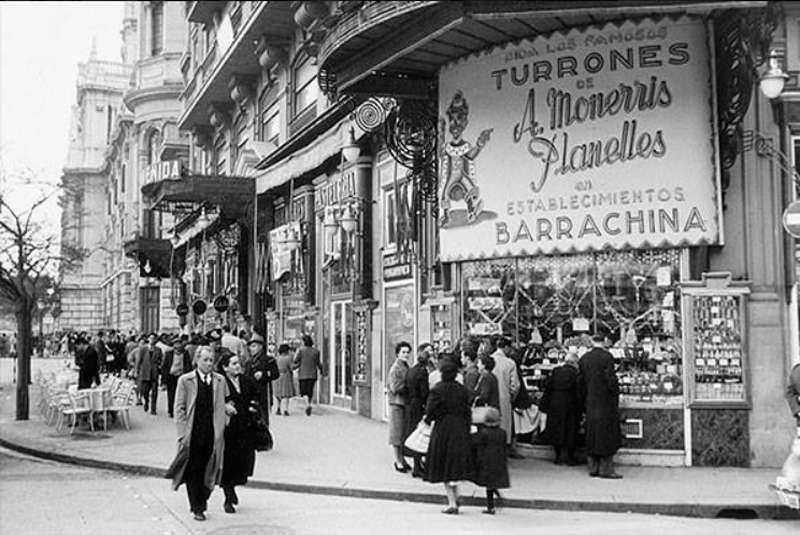
The majority of turron factories focus their largest production on the months prior to Christmas (generally from September to December) in order to supply Spain and the rest of the world (Japan, USA, Cuba, Venezuela, Argentina, Costa Rica, France, Germany, etc.) with the long awaited and desired Christmas sweet. The rest of the year many of them close their doors while waiting for the new campaign to start.
How is artisan turron made?
It should be noted that turrón is a very natural product, since it only contains toasted almonds, pure bee honey, sugar and egg white. At first, the nougat was made without sugar, only with pure bee honey, since this food was not marketed. It was in the 20th century when it was introduced into the formulations more commonly, especially with the rise of this industry in Cuba, where many jijonencos set up their factories and where this typical Christmas sweet is very popular, even in our days during the Castro era where those factories had to close.
In the elaboration of turrón, everything brought by the Industrial Revolution also meant a great change. The use of steam, boilers and machinery meant that during the 20th century this typical sweet was definitely manufactured in large quantities and reached all parts of the world, especially Latin America where there is a great tradition due to cultural similarities, migration, climate, etc. (although in Argentina, for example, it is consumed in summer, with heat, something unthinkable in Spain).
In Jijona there are special machines designed precisely to give the texture so special that has the hard and especially the soft. We have as fundamental machines the stone mills, the boixet and the mechanical ones.
The boixet
It is perhaps the machine most loved by the turroneros as it is here that the soft turrón is made, the turrón from Jijona, which is precisely the town of origin of all artisan turroneros. It is a machine where all the crushed mixture of toasted almonds, honey, sugar and egg white is introduced, which is passed through the stone mills several times so that it takes the finest possible texture and mixes these ingredients in the most compact way.
It has the peculiarity that it is hot (generally because of the steam boilers that give it heat) so that the mixture is not made cold. The heat makes all the components, especially the humidity of the almond and the honey, compact to give that characteristic texture and shape.
In addition, it has a kind of big mortar that, without stopping, stirs the mixture. The best thing is to see it on video:

The mechanics
In it is made the mixture of honey, egg white and almond to make the hard or Alicante turron. It is mixed with the shovels and taken to other containers for cooling.
mechanics, machine to make turron
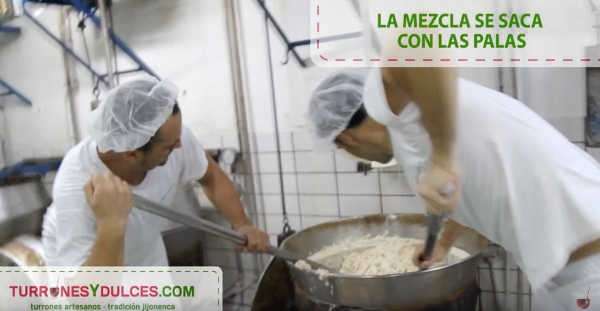
You can also see here what the honey pot does with the honey in these machines:

The nougat crisis in the 90s
Among the main problems in this sector are the stagnation of the market and the lack of labour. It should be noted that in the early 1990s the sector suffered a serious crisis that led to the bankruptcy of large leading companies and put as many others in difficulty, with the consequent dismissal of hundreds of workers and the destabilization of the economy. Today, the situation has improved and the figures indicate an increase in production and resources. This palpable recovery of the nougat world has relieved hundreds of Jijonencas families whose livelihoods depended exclusively on the nougat season.
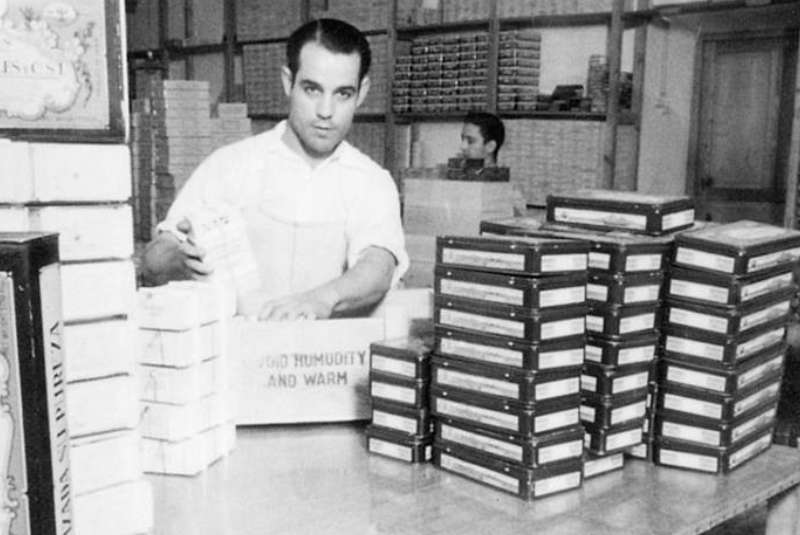
Sale of nougat in the portals of the houses
Over a long period of time, especially at the end of the 19th century and the beginning of the 20th, many other Jijonenca families went to sell nougat all over Spain (Madrid, Barcelona, Mahon, Malaga, Valencia, Oviedo, Bilbao, Figueres, Badalona, Tarragona...) with the difficulties that this entailed for the time. They arrived with their carts loaded and tried to sell all their goods to return to Jijona with their livestock.
As the business prospered, it was quite typical to set up turrón shops in the doorways of the houses in the city centre. Today, there are still century-old businesses that have kept up the tradition of selling turrón and marzipan in these old, almost dilapidated doorways, and they even get more sales there than in new shops set up later.
Following the Jijonenca tradition, most of these businesses, which were originally turron shops, have also derived from the sale of ice cream, although the opposite has also happened.
The anecdote of "El tío Ostrolica"
By way of an anecdote we can tell the story of "Uncle Ostrolica", a nougat maker from Jijonenco in Barcelona, who, in spite of the bad weather that prevented people from going out to buy, decided to run an adventure in order to sell all the nougat he had left. He headed for the port and embarked for an unknown destination.
After a few months he returned to his native Jijona, where his family was waiting for him. When he was asked where he had been, he could only answer what he had heard because he did not understand what the people were saying: he said he had been in Ostrólica or something like that.
He had definitely been to Australia, no more and no less.
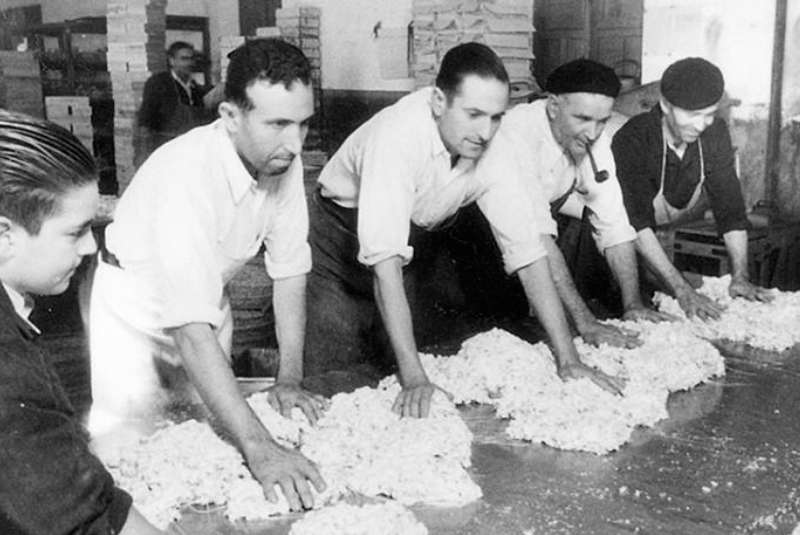
Nougat and chocolate online
As we all know, things have changed, and today we can buy chocolates and turron from the palm of our hand, over the Internet, and receive them at home freshly made in a few days. This website makes huge efforts to achieve this, we send them all over Spain (peninsula, islands), Europe and some countries allowed. Have you ever tried to buy turrón online?










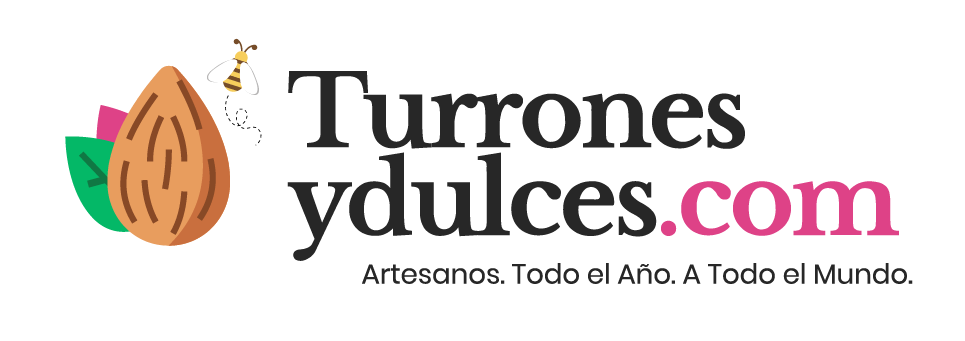




 Turron from Spain
Turron from Spain












 Marzipan
Marzipan







 Polvorones
Polvorones 





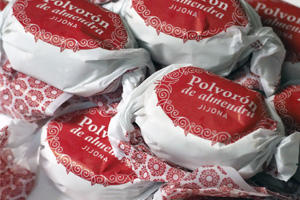
 Chocolates
Chocolates







 Sugar Almonds
Sugar Almonds

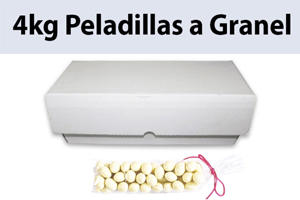
 Gifts - Bundles
Gifts - Bundles


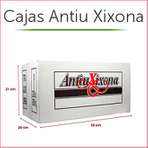
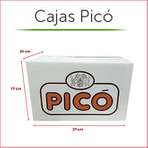
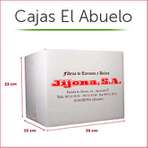
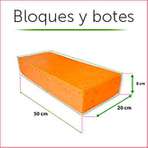
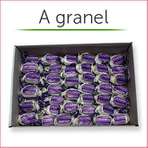
 Sweets and candies
Sweets and candies 









